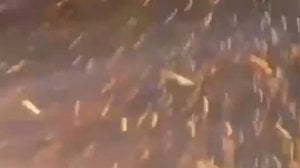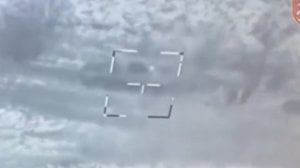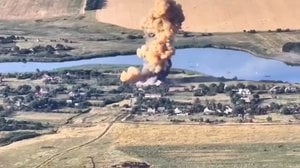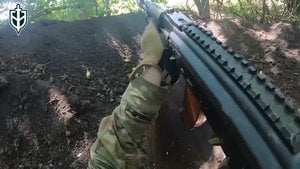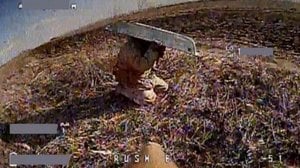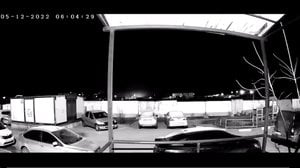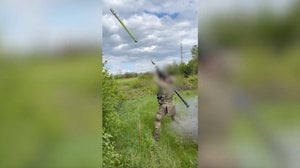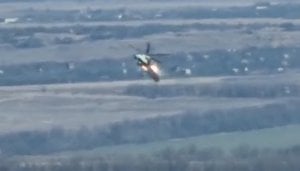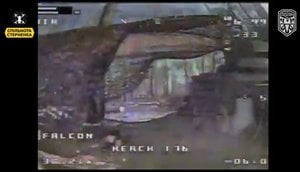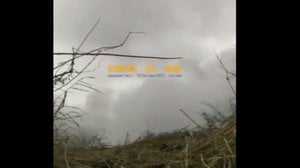
Ukrainians Show Off Their American Supplied TPQ-36
Published 1 years ago
Tour of the American-made TPQ-36 Counter battery radar system being operated in Ukraine.
This is an American-made and supplied TPQ-36 or Q-36 operated by the Ukrainian forces. The Q-36 is the US Armies’ medium-range counter-fire radar system with a range of about 24 km or 15 miles. The American family of Counter fire radar systems comprises the Q-36, Q-37, Q-50, Q-53, and the retired Q-49. These systems can track and locate mortars, rockets, and artillery, also known as indirect fire or IDF. These radar systems were critical in Iraq and Afghanistan for American and allied forces to combat the threat of IDF in those conflicts.
The counter-fire radar systems use the basic principle of radar theory that air search and weather radar systems use but are designed and built for a different task.
Once it detects an IDF munition, the Counter fire radar system can find the point of origin (POO) and the point of impact (POI). The POO is the most critical piece of information that the crew needs to conduct the counter fire operations; you cannot shoot what you do not see.
The Usage of the counter-fire radar systems in the Russia-Ukraine war appears like how American crews would operate in a symmetrical war. The critical thing is movement because the Russians employ weapons similar to the AGM-88 HARMS. Staying emplaced and active in one location for a long time is not advisable. Depending on which system, a well-trained American crew can emplace and displace within minutes of the command.
Since all radar systems need a clear line of sight to detect their targets, they are at risk of visual detection. Thus, the Ukrainians have employed the standard SOP for the radar systems in what is considered a long-term emplacement by using a cover.
These radar systems are precious to those operating since the militaries rely on them to locate enemy artillery and assist friendly batteries in their fire missions. From my understanding, a part of the Russian artillery doctrine is the prioritization of these counter-fire radars so their artillery corps can conduct their operations without fear of effective counter-fire.
About the Author

Mark Hanson
Mark is a US army veteran who served as a Field Artillery Firefinder Radar operator, with 2-3 FA with the 1st Armored Div. and then as a Military Police officer as a reservist with the 302nd MP co. Mark also has experience in non-military law enforcement. He has one deployment to a conflict zone in Saudi Arabia. He is the newest member of Funker530, starting to write for the website in March 2023.


